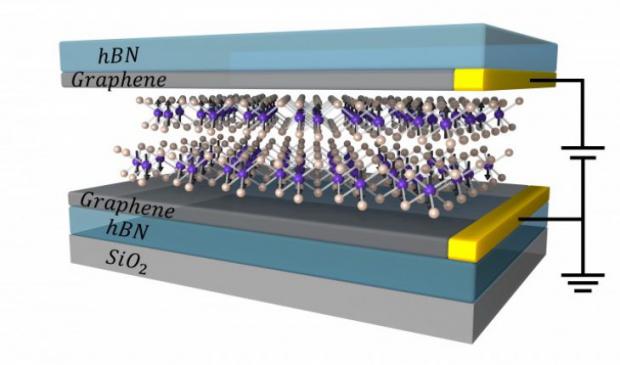
Breaking News
 Lumber Prices Are Flashing a Warning Sign for the U.S. Economy
Lumber Prices Are Flashing a Warning Sign for the U.S. Economy
 The Cost Of Living The American Dream For A Lifetime Has Reached A Whopping 5 Million Dollars
The Cost Of Living The American Dream For A Lifetime Has Reached A Whopping 5 Million Dollars
 Reverse Erectile Dysfunction FAST (Without Viagra)
Reverse Erectile Dysfunction FAST (Without Viagra)
 Who's Buying Up America's Farmland? The Land Grab You Need to Know About
Who's Buying Up America's Farmland? The Land Grab You Need to Know About
Top Tech News
 Methylene chloride (CH2Cl?) and acetone (C?H?O) create a powerful paint remover...
Methylene chloride (CH2Cl?) and acetone (C?H?O) create a powerful paint remover...
 Engineer Builds His Own X-Ray After Hospital Charges Him $69K
Engineer Builds His Own X-Ray After Hospital Charges Him $69K
 Researchers create 2D nanomaterials with up to nine metals for extreme conditions
Researchers create 2D nanomaterials with up to nine metals for extreme conditions
 The Evolution of Electric Motors: From Bulky to Lightweight, Efficient Powerhouses
The Evolution of Electric Motors: From Bulky to Lightweight, Efficient Powerhouses
 3D-Printing 'Glue Gun' Can Repair Bone Fractures During Surgery Filling-in the Gaps Around..
3D-Printing 'Glue Gun' Can Repair Bone Fractures During Surgery Filling-in the Gaps Around..
 Kevlar-like EV battery material dissolves after use to recycle itself
Kevlar-like EV battery material dissolves after use to recycle itself
 Laser connects plane and satellite in breakthrough air-to-space link
Laser connects plane and satellite in breakthrough air-to-space link
 Lucid Motors' World-Leading Electric Powertrain Breakdown with Emad Dlala and Eric Bach
Lucid Motors' World-Leading Electric Powertrain Breakdown with Emad Dlala and Eric Bach
 Murder, UFOs & Antigravity Tech -- What's Really Happening at Huntsville, Alabama's Space Po
Murder, UFOs & Antigravity Tech -- What's Really Happening at Huntsville, Alabama's Space Po
Atom thin magnetic memory

Researchers report that they used stacks of ultrathin materials to exert unprecedented control over the flow of electrons based on the direction of their spins — where the electron "spins" are analogous to tiny, subatomic magnets. The materials that they used include sheets of chromium tri-iodide (CrI3), a material described in 2017 as the first ever 2-D magnetic insulator. Four sheets — each only atoms thick — created the thinnest system yet that can block electrons based on their spins while exerting more than 10 times stronger control than other methods.
"Our work reveals the possibility to push information storage based on magnetic technologies to the atomically thin limit," said co-lead author Tiancheng Song, a UW doctoral student in physics.
Science – Giant tunneling magnetoresistance in spin-filter van der Waals heterostructures
With up to four layers of CrI3, the team discovered the potential for "multi-bit" information storage. In two layers of CrI3, the spins between each layer are either aligned in the same direction or opposite directions, leading to two different rates that the electrons can flow through the magnetic gate. But with three and four layers, there are more combinations for spins between each layer, leading to multiple, distinct rates at which the electrons can flow through the magnetic material from one graphene sheet to the other.
"Instead of your computer having just two choices to store a piece of data in, it can have a choice A, B, C, even D and beyond," said co-author Bevin Huang, a UW doctoral student in physics. "So not only would storage devices using CrI3 junctions be more efficient, but they would intrinsically store more data."

 Tiny briefcase engine boosts EV range beyond battery power
Tiny briefcase engine boosts EV range beyond battery power 

